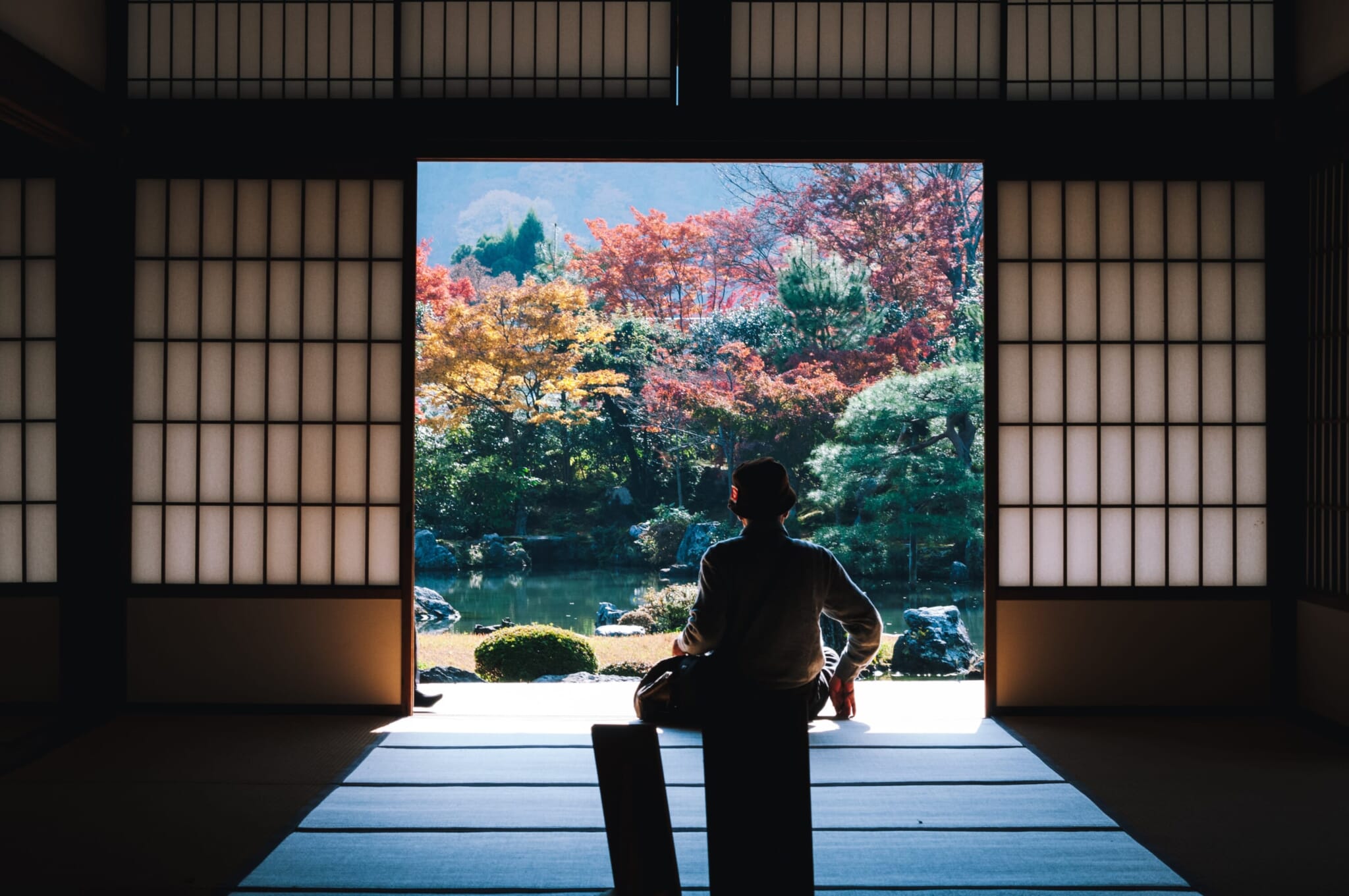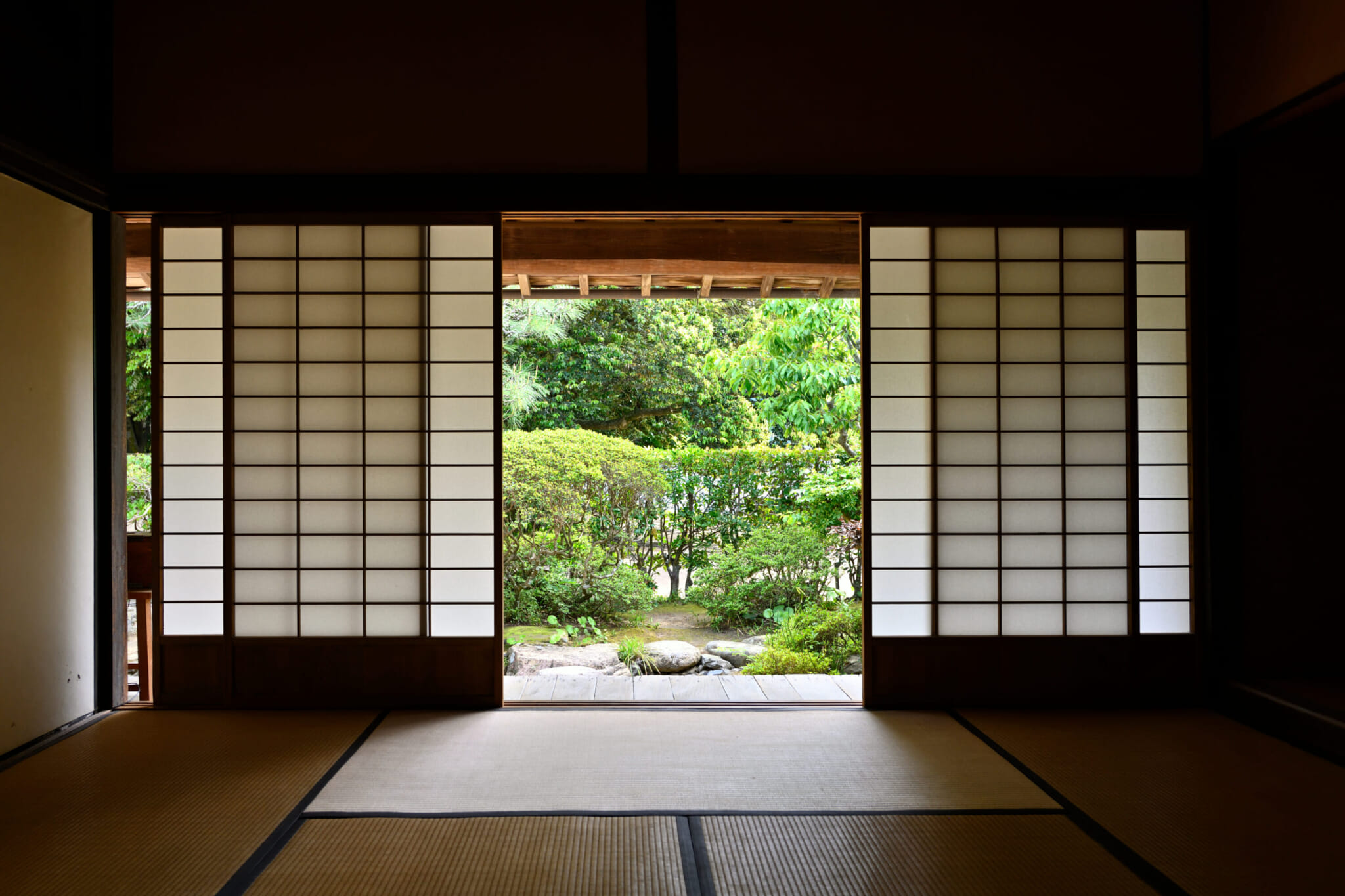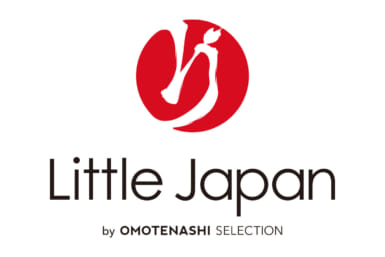Sliding doors are a distinguishable feature of Japanese architecture and interior design. So much so that the two main types — shoji and fusuma — have been adapted into the English lexicon. But how did sliding doors become such a defining point, and what are they? In this article, we’ll look at shoji and fusuma, and how to tell one from the other.
What are Japanese Sliding Doors?
A Japanese sliding door opens sideways, from left to right, or vice versa. Traditionally, they have wooden frames and are simply built. They often act as an extension of the wall, and, depending on the type of door, might even become a decorative feature with beautiful paintings on the surface.
Some sliding doors may have opaque surfaces while others are translucent. Both also have their own special uses, be that for tea ceremonies or for moon viewing.
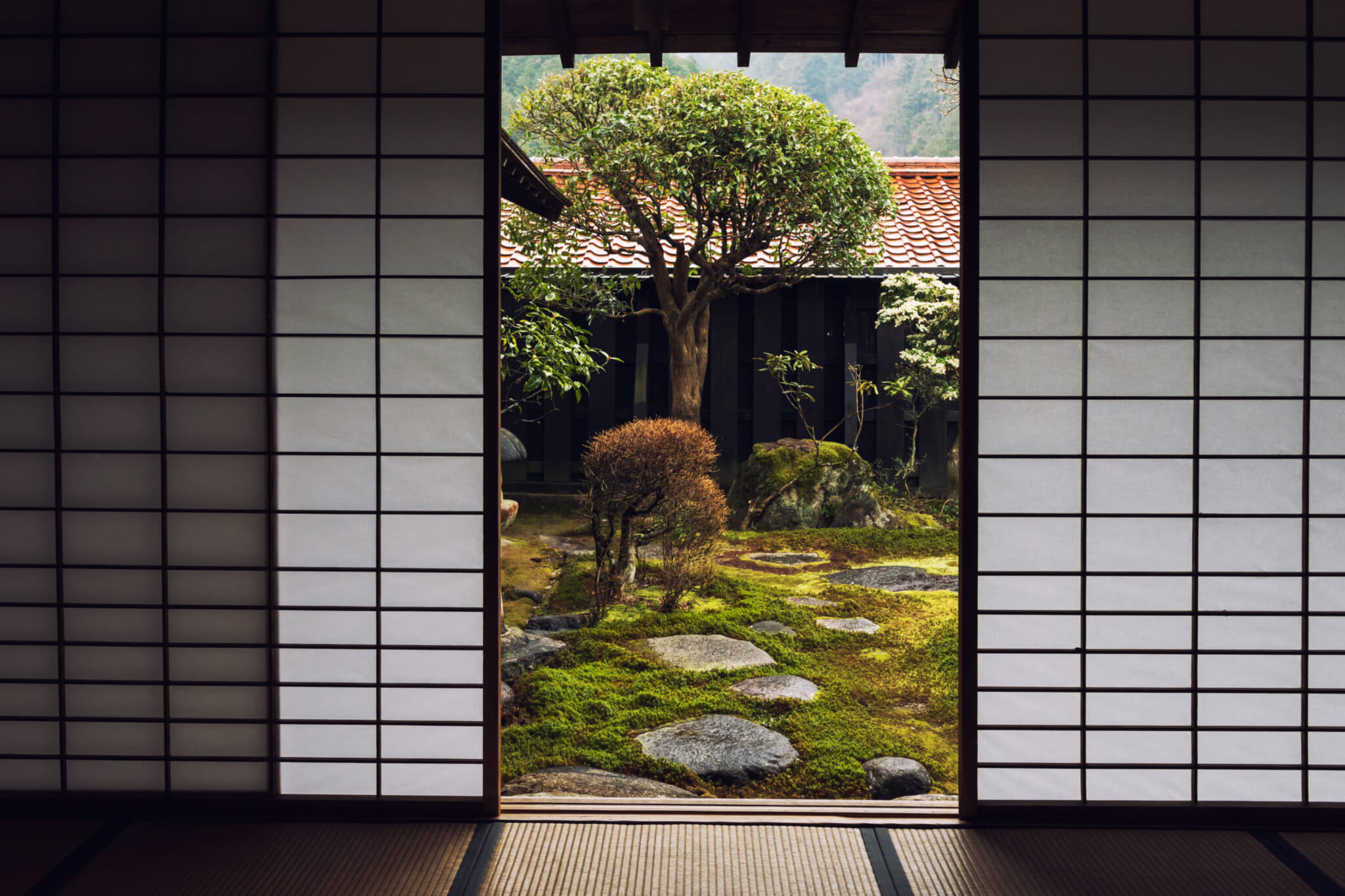
The History of Japanese Sliding Doors
The origins of the sliding door — like many other Japanese staples — are thought to be in China but instances of shoji in Japan can be found in literature as far back as the eighth century, when they were used in the homes of the nobility. They gained popularity during the Heian period (794–1185). At the time, the doors acted simply to partition between rooms, seamlessly creating another room by sliding the door inwards. One theory regarding the rise in popularity of the sliding door is that it saved space, enabling rooms to be resized depending on the occasion. It also meant the need for a separate, private room could be solved in a flash.
Gradually, as Japanese paper, or washi, became refined and thinner, it started to be used for doors, to a somewhat different effect, originally known as akari-shoji. The translucency of washi acted as a light diffuser, allowing soft light into the room, while also protecting the privacy of its occupants. For people inside the room, the diffused light was soft and gentle, aligning with Japan’s love of subtlety. The light-diffusing doors and the opaque doors were split into two distinct types: shoji and fusuma.
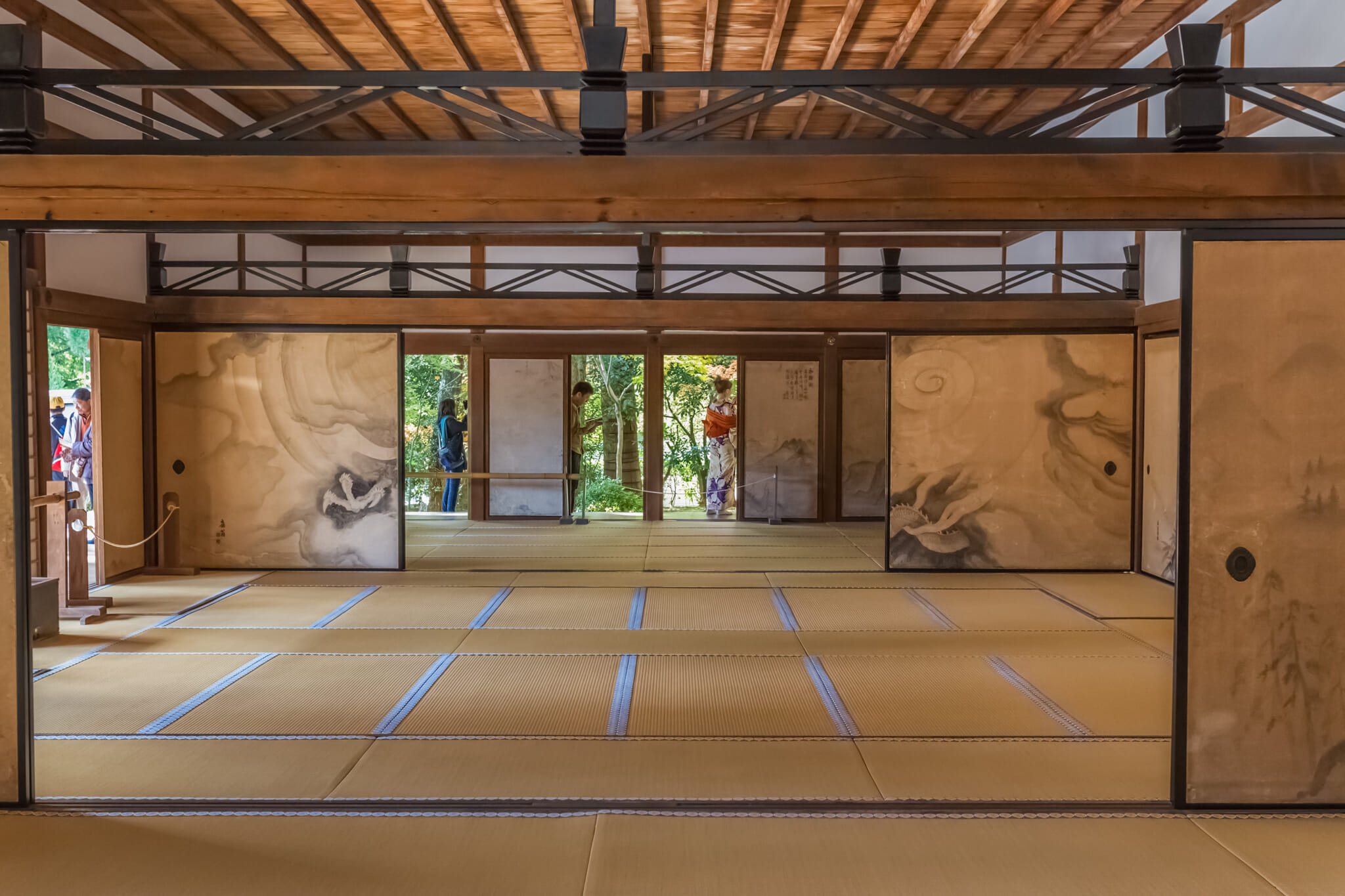
Photo by cowardlion via Shutterstock
Types of Japanese Sliding Doors: Fusuma
Fusuma, the original sliding doors, appeared early in Japanese architecture. Light, often with a bamboo or a Japanese cedar frame, the doors have always been portable and easy to install.
When fusuma were first developed, they were used predominantly for the houses of the aristocracy and often had beautiful, inked pictures, or paintings on the surface known as “fusuma-e,” which means fusuma painting. The artists who painted fusuma-e were some of the most reputable at that time, chosen by the owners of the house to show off their exquisite tastes. Fusuma-e were essentially the paintings of the time. Some schools became famous for them. One of the highest-regarded artists was Masanobu Kano, the founder of the most influential Japanese school of modern times: the Kano school. Its 300-year tenure at the top of the Japanese art world stands unmatched. The Kano school’s fusuma paintings were prized throughout the Muromachi period (1336–1573) and are still revered today.
Fusuma are a defining feature of the Japanese tea ceremony room (chashitsu).
Types of Japanese Sliding Doors: Shoji
Shoji refers to latticed sliding doors with translucent panes. Whether these panes are washi, acrylic or glass, all are designed to let some light in, while upholding a semblance of privacy.
Shoji serve as subtle ways to appreciate light and an external ambiance. While the make-up of shoji means that they can’t have paintings on them like fusuma, they are customizable in different ways. Shoji often have detachable parts to highlight a different element of the external landscape. Some, for instance, are referred to as yukimi shoji, which directly translates to “snow-viewing shoji.” Like modern-day blinds, yukimi shoji can be separated in half vertically from bottom to top, allowing the occupants of the room to gaze out over a snowy landscape. Ones which open from top to bottom are known as tsukimi shoji, meaning “moon-viewing shoji.”
The latticework is also customizable. Shoji in Japanese ryokan often have latticed shapes depicting moons and mountains. When the sunlight hits the closed shoji, they light up and turn the pictorial framework into a silhouetted scene.
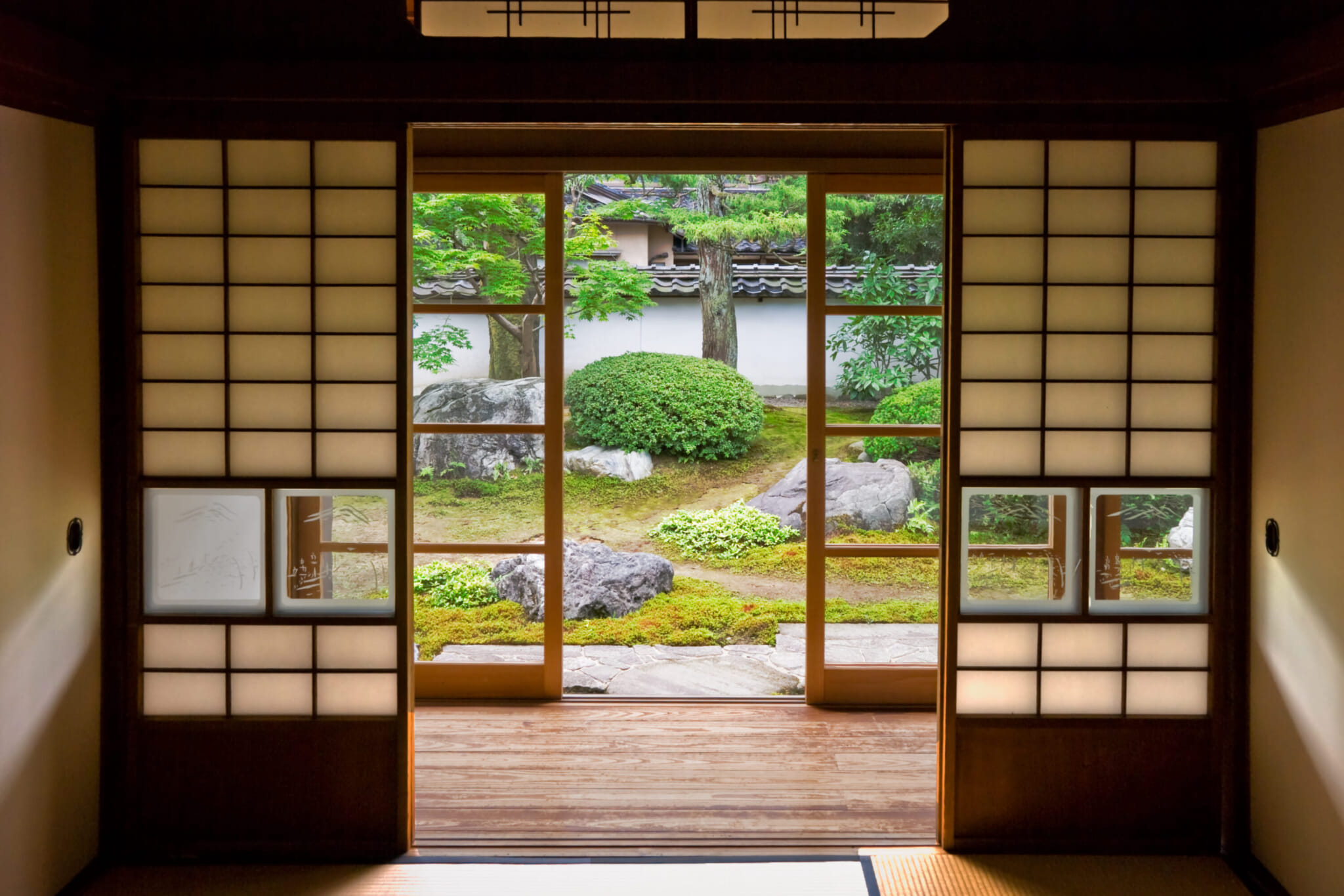
The world of Japanese sliding doors is vast. This article has merely touched upon two types out of many. For art collectors, fusuma with murals are highly prized. For homeowners, the sliding doors are highly efficient and look great too. Whatever your gateway — or doorway — to Japanese sliding doors, try them both open and closed to appreciate their full potential.

